A master key system allows one key to open several locks. Those who are authorized have access to different doors within a system. A master key system allows security with as few keys as possible. The system is easy to use with only one key needed and simplified organization.
Most master key systems operate with a basic pin tumbler lock. To open this kind of lock, the pin stack, which consists of a driver pin and a key pin, must be elevated on opposite sides of the shear line. A key lifts the pins within the lock. The key pins are all different sizes. The driver pins are a universal size. The key has to have the right set of grooves to lift the key pins to the proper height. To convert a pin tumbler lock into a master key system, a master wafer pin is added between a driver and key pin. Once it is inserted, the pin stack will have two shear lines – one for the pin stack and one above or below the line for the master key.
Master key systems can be basic or very complex. The most basic master key system has two levels of keying. The lower level keys are called change keys. Each change key operates only one lock or one group of like keyed locks. They key at the top is known as the master key. Within the master key system, one key may open two doors while another key only opens one of those doors and not the other. In order from lowest level to highest,
The master key system keys are as follows:
Change Key – Sometimes this key is called the sub-master key. It opens only one lock or locks that are identical. The lock that the change key opens can also be opened by the master key or, in more complex systems, the grand master key, or the great grand master key.
Master Key – In the most basic system, the master key is the top level key. It opens every lock of the change keys below it.
Grand Master Key – In a slightly more complex system, the grand master key will open every master key lock within the master key system as well as all of the subsequent change keys.
Great Grand Master Key – In the most complex master key systems, there is a great grand master key. This key will open all of the grand master key, master key systems and change locks beneath it.
The first step is to determine the size of the master key system. Considering:
- Compose an organizational chart to determine who the current users are and existing needs.
- Determine future requirements, up to a 10-year life of a master key system
- Think about employee turnover rate through friendly and not-so-friendly terminations of employment
- Think about the potential for increasing staff size
- Think about what to do in the case of lost keys
- Determine what type of locks your master key system will open
- Expand an existing master key system.
 Basic pin tumbler locks within the master key system are able to be made more secure by adding sidebars, using master rings, implementing restricted keys, employing multiple cylinders, using electronic controls, disk detainer locks, or use separate master key systems for different work groups or locks on separate parts of the building. Qualified locksmith technicians will know which ones best meet your needs.
Basic pin tumbler locks within the master key system are able to be made more secure by adding sidebars, using master rings, implementing restricted keys, employing multiple cylinders, using electronic controls, disk detainer locks, or use separate master key systems for different work groups or locks on separate parts of the building. Qualified locksmith technicians will know which ones best meet your needs.
When you are ready to install a master key system at your place of business, contact a local, professional commercial locksmith who will be able to walk you through the best master key system for your company's needs as well as secure your locks to prevent security risks with the master key system.

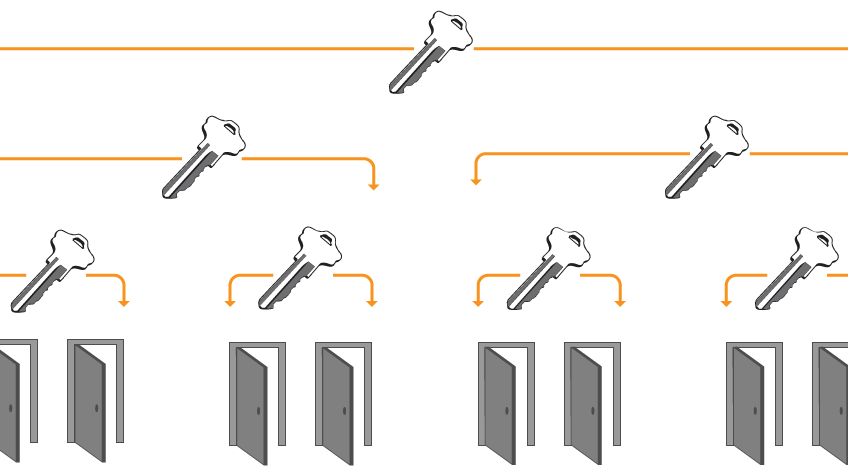
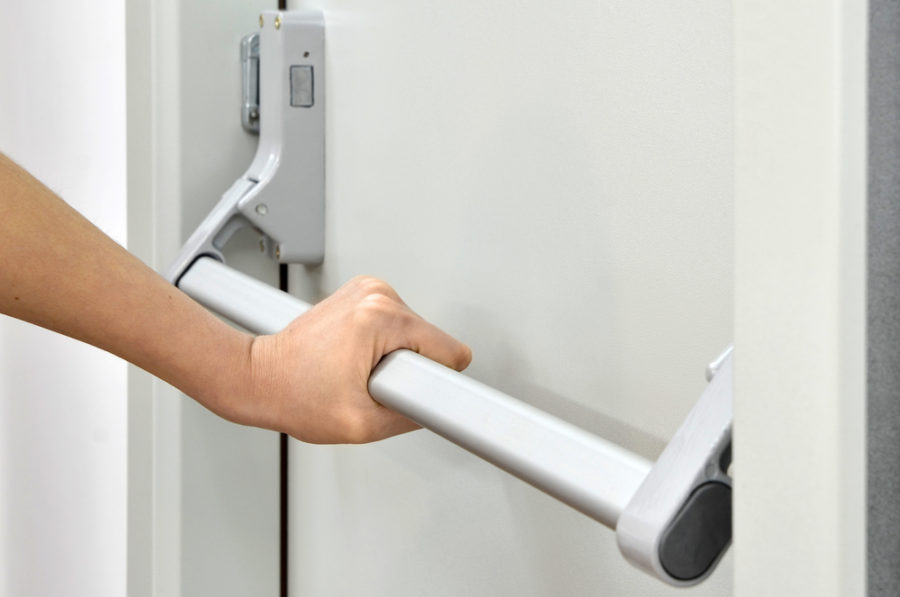
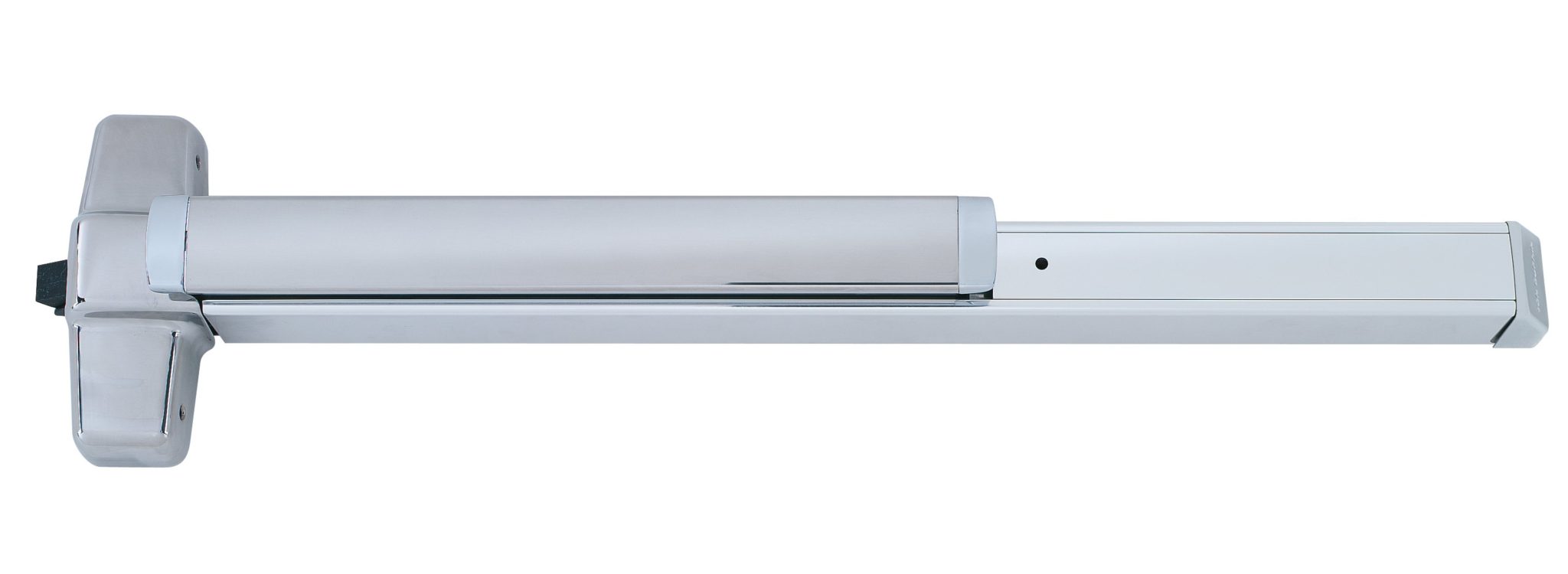
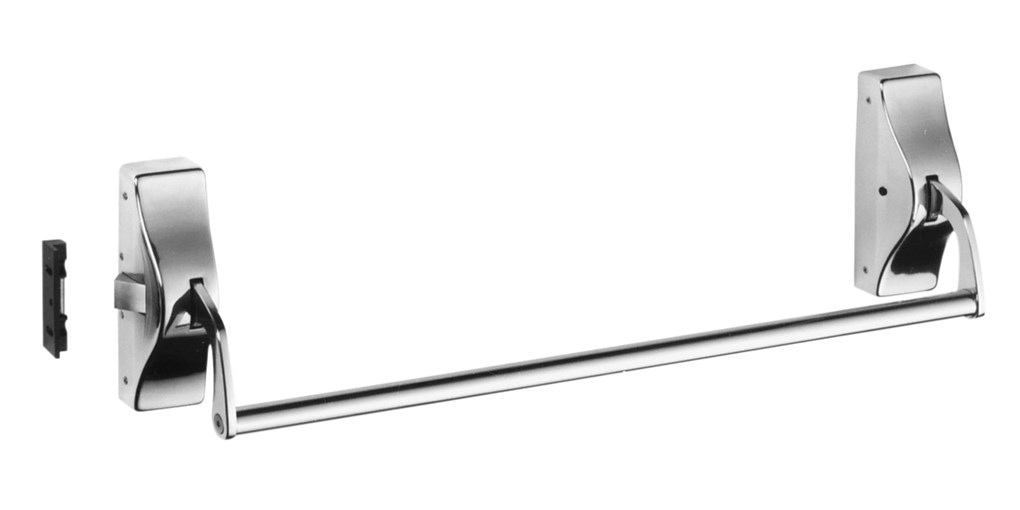
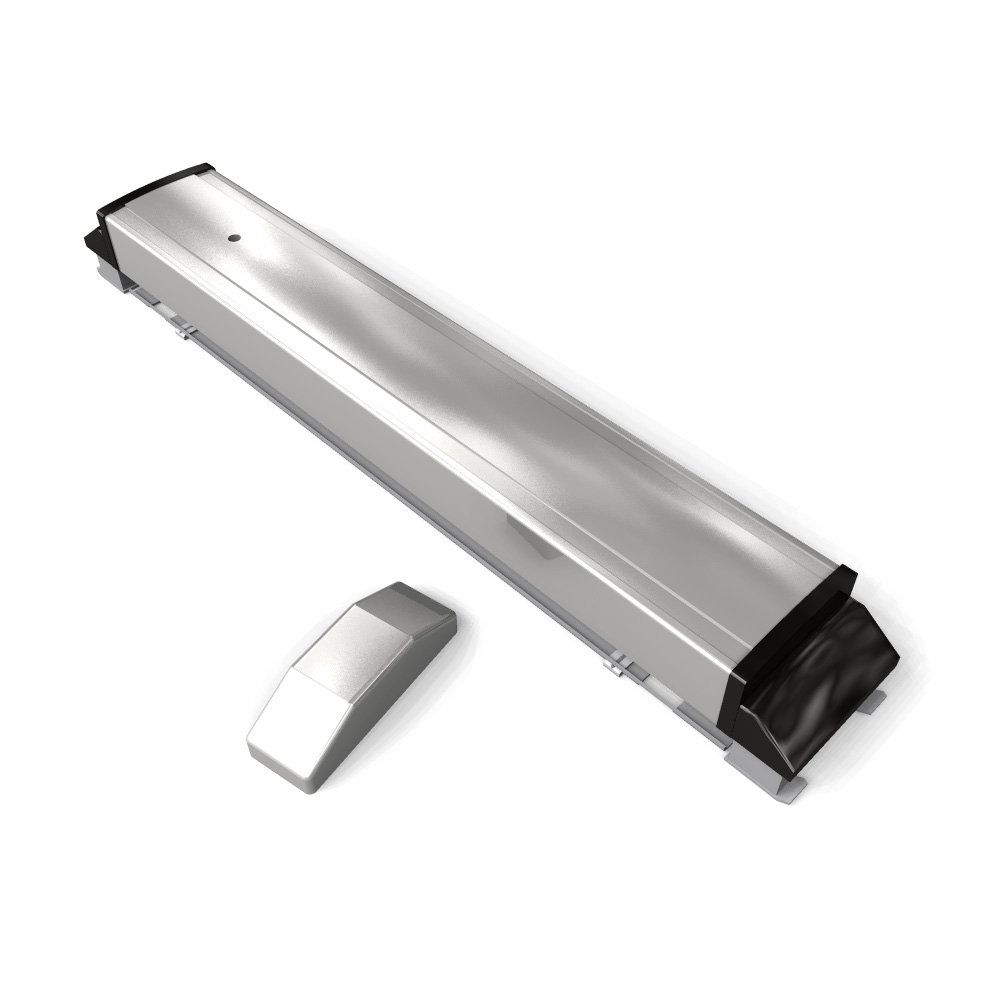
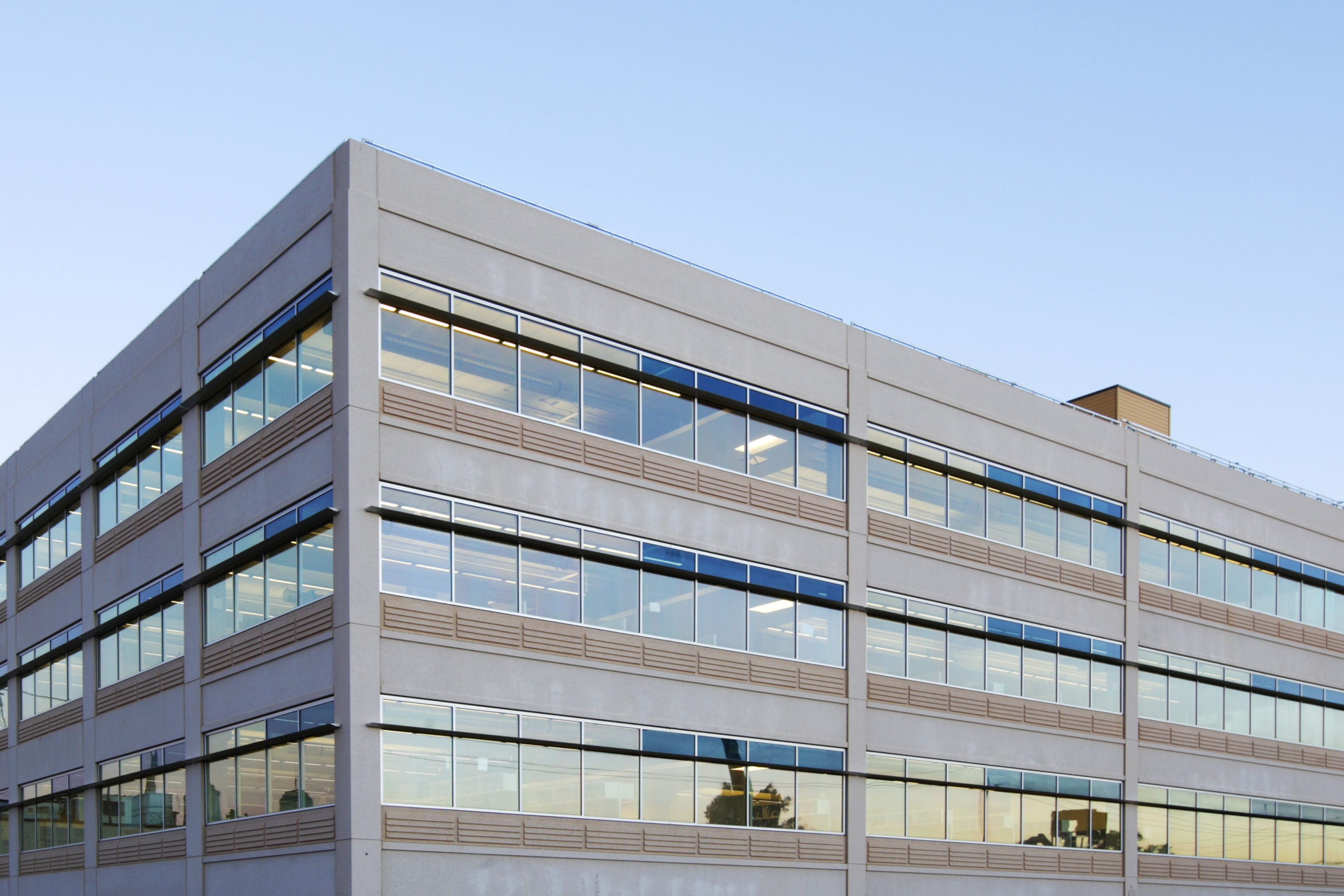
 Another aspect of a commercial locksmith's work is to repair locks and know when to recommend locks rekeying or completely new locks change system.
Another aspect of a commercial locksmith's work is to repair locks and know when to recommend locks rekeying or completely new locks change system.